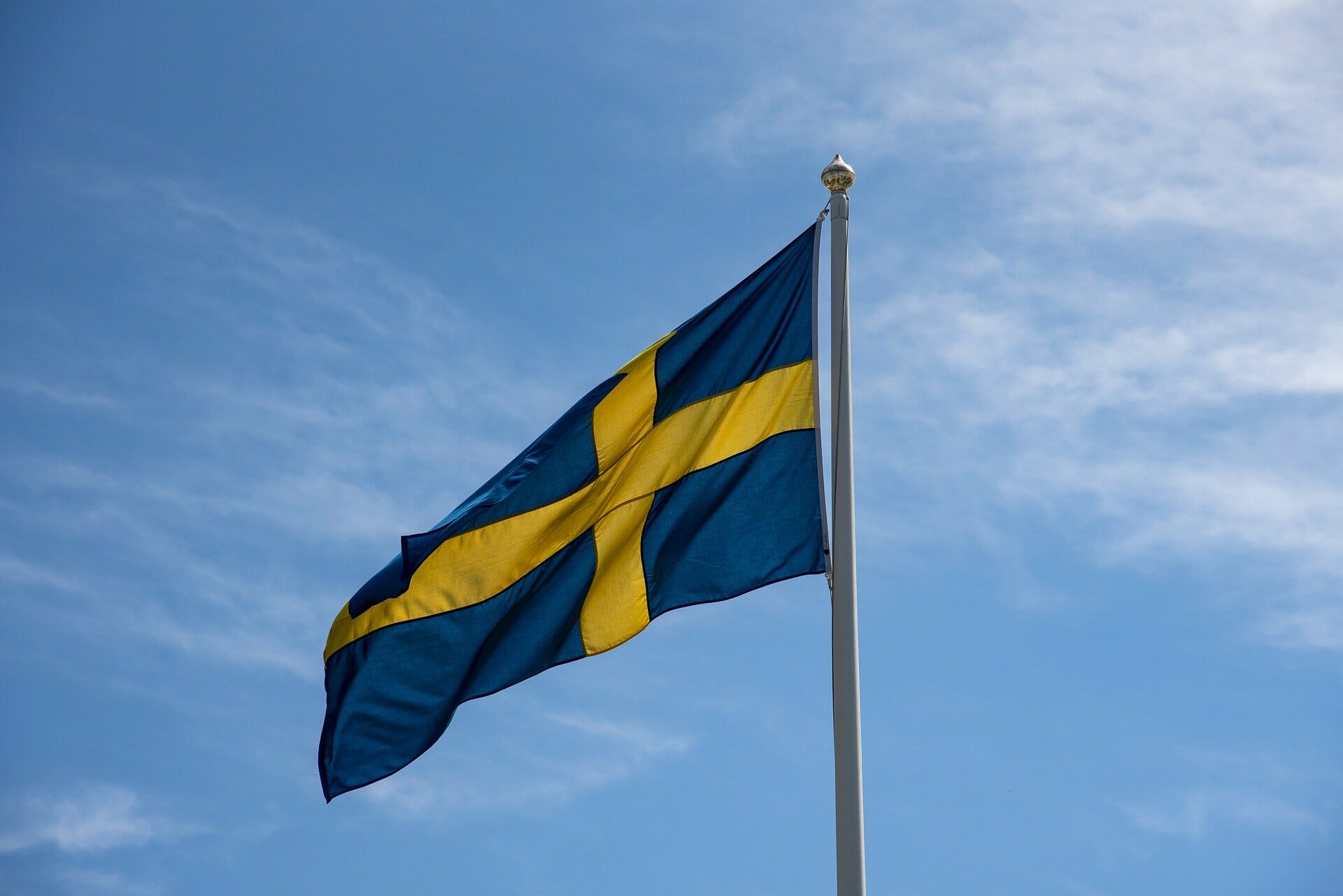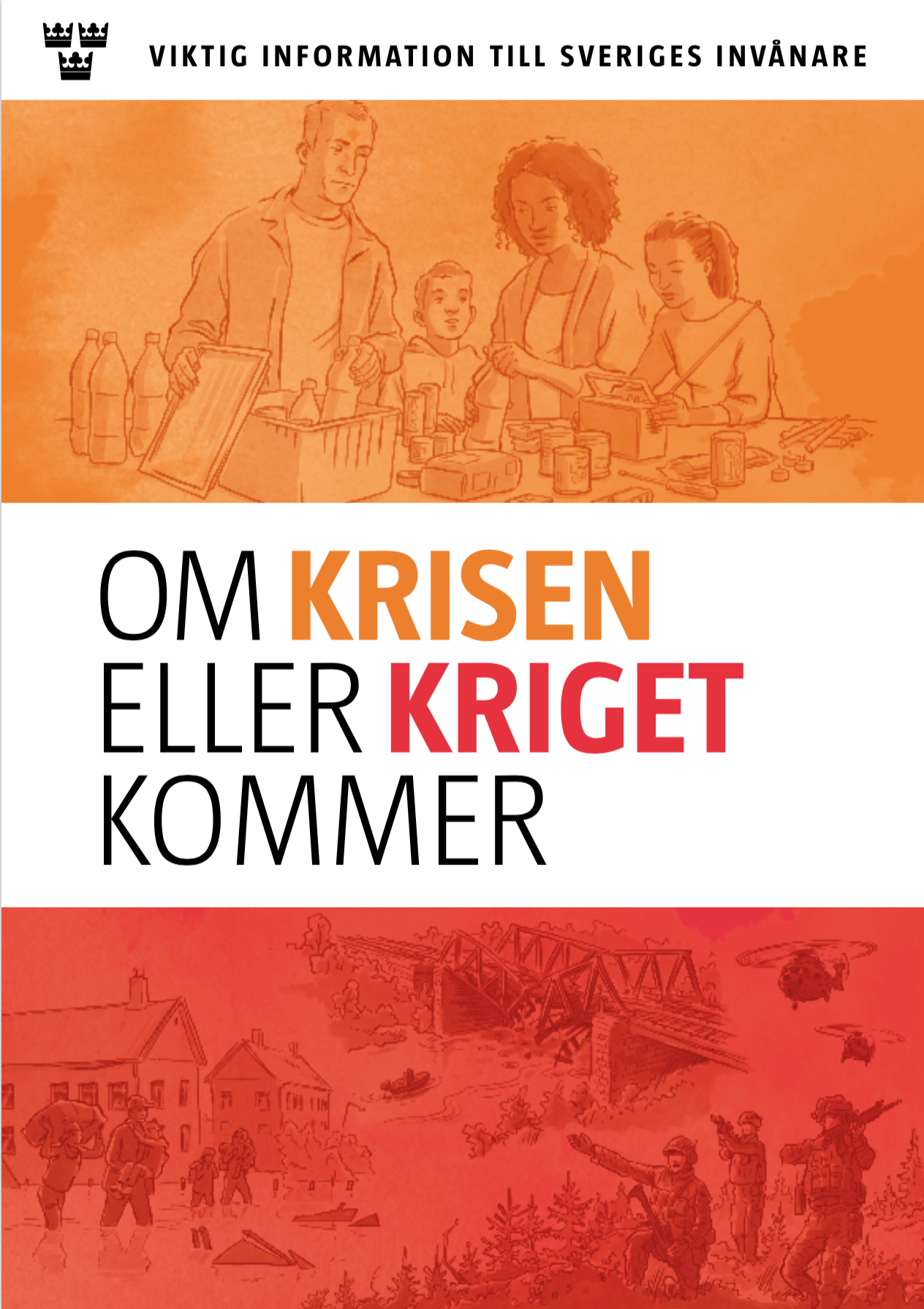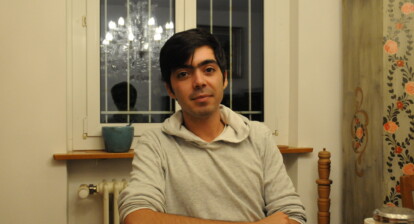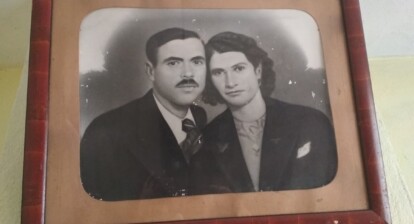Recent years have seen a rise in the number of nations across the world undergoing rearmament. Military strength has become more important again in International Relations. In pursuit of this trend, and incited by increasingly antagonistic Swedish-Russian relations, the Swedish government decided to reintroduce mandatory enlistment of all male and female citizens 16 years of age and older in 2017. While underage citizens are exempt from participation in armed conflict, refusing to attend a military draft is sentenced with up to four years in prison. New generations of young Swedes thus have to come to terms with the possibility of having to serve in the military within their lifetime. Our author Maria looks at the Swedish example of the reintroduction of mandatory enlistment. She describes how teenagers and the public react and shares her personal feelings about the topic.
Concerns and Reflections
Before all else, I would like to say that my generation managed to circumvent enlistment by a margin of only four years, so personally, I’m not sure how I feel about people younger than myself being drafted. It doesn’t feel entirely right that a 16-year old may have to enlist, whereas I as 24-year old am free to do as I please. However, I must say that I’m not particularly worried, either – what I learned in my interviews with these teenagers is that they are earnest and level-headed, understanding at the same time the importance of military duty but eschewing the idea of violence.
Historical Context

Military Academy Karlberg Stockholm (photo: FriskoKry, https://bit.ly/3dsekee, CC-BY-SA-2.5).
Sweden has not been part of any military conflict since 1814, making it the nation which has endured the longest period of peace in history. Regardless of this, since 1920 the Swedish Ministry of Defense has been occupied with the development and cultivation of a Swedish Defense Force which is prepared to defend the nation in the case of war. For almost a century, enlistment (‘allmän försvarsplikt’) was mandatory for male citizens. However, the pacifist trends of the 1970s and -80s meant that many refused to enlist.
Following the collapse of the Soviet Union in the early 1990s, mandatory enlistment of all able-bodied citizens was reformulated as ‘totalförsvarsplikt’ in 1995, which included both men and women but was more leniently enforced, only to be put into remission a mere 15 years later in 2010. Now, the Defense Force once again requires its citizens aged 16 and above to enlist, meaning that every year around 13 000 Swedes will have to attend a draft.
Searching for Support
Since 2011, the Defense Force has carefully promoted its image via a series of advertisement campaigns. These campaigns are centered around the idea of inclusion, portraying the Defense Force as open to all genders, sexualities and ethnicities, and reflect the efforts of the Force to recruit more young people. In 2018, a brochure was sent out to all citizens of Sweden by the Ministry of Defense, containing important information regarding the necessary precautions and steps to be taken by ordinary citizens in the wake of a conflict or a catastrophe. Additionally, upon the reintroduction of mandatory enlistment, Rekryteringsmyndigheten (The Swedish Defense Recruitment Agency) notified all citizens eligible for a draft by mail about their duties and obligations.

Swedish Flag (photo: Marie Sjödin on Pixabay).
For those who enlist, leave from studies or work may be granted and an allowance is paid to compensate for any loss of earnings. This is to incentivize more citizens to enlist voluntarily. Furthermore, completion of basic military training is seen as meritorious for work in a number of sectors and eases the path for those seeking to specialize within the military. On the whole, there is nothing to suggest that the reintroduction of mandatory enlistment has been met with any particular opposition by the general public – for instance, the Defense Force has been praised, among other things, for its feminist campaigns.
Cautious Curiosity: The attitudes of Young Swedes towards Enlistment
As someone who is not affected by mandatory enlistment, I was curious about the attitudes of Swedish teenagers – these are some of the answers I received from them anonymously (this is why I refer to them here as Teenager A, B and C):
Understanding of the Defense Force
What do you know about the Defense Force? – Teenager A: My knowledge of the Defense Force comes from films and newspapers. The Defense Force serves to defend Sweden in cases of conflict. I think that it’s problematic that the Force is funded so well by the state considering that their purpose is solely to prepare for conflict and crises.
Insights on Enlistment
What do you know about enlistment and the duties and obligations with which it is associated? – Teenager B: I read about enlistment on the news, received a letter [about it] and also went on a week-long military training course during which we received more information. – Teenager C: What I know is that enlistment is not as mandatory as it seems because it’s so easy to make sure that you will not be selected for drafting.
Interaction with the Swedish Defense Recruitment Agency
What kind of information did you receive by the Swedish Defense Recruitment Agency regarding enlistment? – Teenager A: I haven’t been given any information. I’ve [only] talked to my peers about what we think happens during the process and what the consequences could be for conscientious objectors. – Teenager B: They conducted a health check while I was completing the course.
Personal Sentiments Towards Mandatory Enlistment
What are your personal feelings toward mandatory enlistment? – Teenager C: Ideally, I could be both a conscientious objector and receive military training – I don’t think that problems ought to be resolved with violence but with politics. – Teenager B: I wasn’t drafted, but I was thinking about it a lot and hoped that they wouldn’t pick me. But once I knew the outcome, I was mostly disappointed and wished that I had been drafted after all.
Personal Connections to Enlistment
Do you know anyone who has been drafted? – Teenager A: I do know of some who were drafted involuntarily. I’m worried that it could happen to one of my younger brothers or any of my friends. – Teenager C: I have two acquaintances who have been drafted and one who volunteered and later enlisted. Now that they are done with the training, I see enlistment in a more positive light because their experiences have enrichened them.
Marching Forward
As of September 2018, 3,000 young men and women have enlisted. Despite the new law, the total number remains low. In light of such numbers, it comes as no surprise that the Defense Force is carrying out such extensive advertising campaigns to recruit more people. For now, the number of draftees remains small, but young Swedes are increasingly aware of the role and the function of the Defense Force and will, if not drafted themselves, know more and more people who are. My impression is that today young Swedish citizens more frequently perceive being drafted as validation of their worthiness and psychological stability.
Check out more blogposts at our History Campus.





